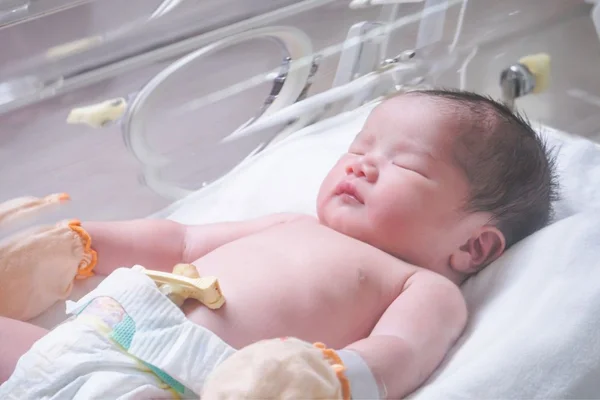A girl from Karnataka, suffering from Bubble baby syndrome, recently underwent a groundbreaking bone marrow transplant, becoming the youngest recipient of such a procedure from an unrelated donor.
About the Bubble baby syndrome:
- The Bubble baby syndrome is a rare genetic disorder where babies are born without an immune system, leaving them susceptible to life-threatening infections.
- Genetic defects resulted in a deficiency of T cells and B cells, crucial for the immune system.
- T cells are a part of the immune system that focuses on specific foreign particles.
- B cells produce antibodies that are used to attack invading bacteria, viruses, and toxins.
- It is also called Severe Combined Immunodeficiency (SCID), living in the bubble syndrome and Swiss-type agammaglobulinemia.
- Children with SCID are highly susceptible to infections and often must live in a sterile or “bubble-like” environment to protect them from pathogens.
- It is usually inherited in an autosomal recessive manner, meaning that the condition occurs when a child inherits 2 defective copies of a gene (usually IL2RG, ADA, or JAK3), one from each parent.
- Affected individuals are unable to mount effective immune responses against infections, making them vulnerable to a wide range of pathogens.
- Children with SCID become very sick with infections such as pneumonia, meningitis, and chickenpox.
- Many children die before they reach their first birthday.
- Among several types of SCID, the 2 most common types are classical X-linked and ADA deficiency.
Symptoms:
- Pneumonia
- Repeated ear infections
- Meningitis
- Blood infection
- Chronic skin infections
- Yeast infections in the mouth and diaper area
- Diarrhea
- Liver infection (hepatitis)
Treatment:
- Stem cell transplant or bone marrow transplant or gene therapy can be effective treatments, providing a functional immune system.
Ref: Source
| UPSC IAS Preparation Resources | |
| Current Affairs Analysis | Topperspedia |
| GS Shots | Simply Explained |
| Daily Flash Cards | Daily Quiz |



